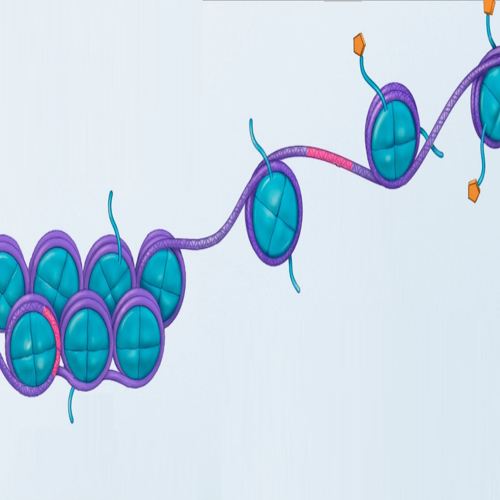Key points from article :
Epigenetic clocks have been used to assess biological aging process and mortality risk.
They can be utilized to estimate the progress of aging over the life course.
Horvath's algorithm was the first widely used epigenetic clock.
Whose methylation patterns may reflect a deviation of biological age from chronological age.
DNAm GrimAge was subsequently developed to predict mortality.
It is a combination of DNAm-based surrogate biomarkers and smoking pack-years.
It is associated with mitochondrial dysfunction and cellular senescence.
Researchers examined epigenetic age acceleration, defined by Horvath's DNAmAge and DNAm GrimAge.
With all-cause mortality within a population-based cohort of 413 Finnish twin sisters.
The female participants are twin pairs who share sex, age, and childhood environment.
Allowed to distinguish the effect of lifestyle and genetic factors on the association of epigenetic aging and mortality.
Research by University of Jyvaskyla published in BMC Clinical Epigenetics.





